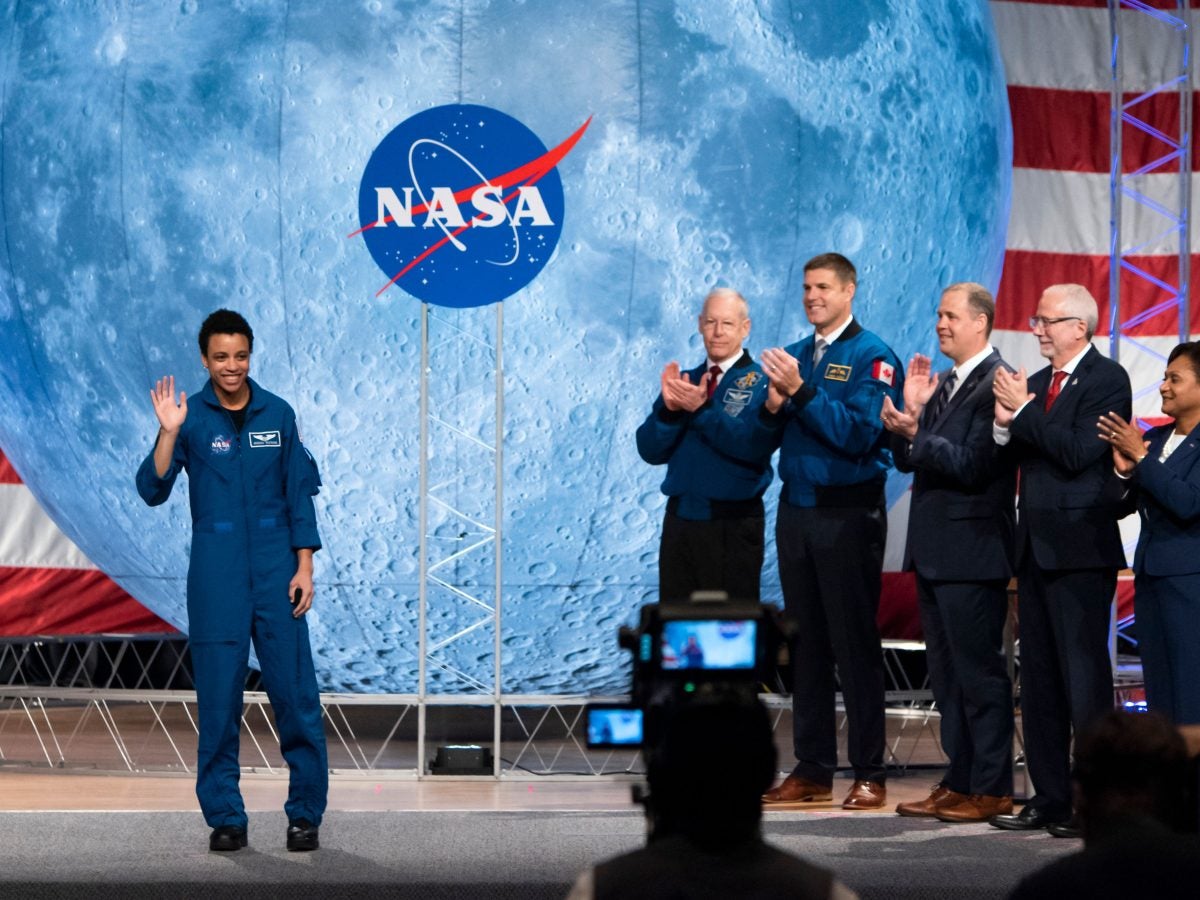
When Jessica Watkins was a little girl attending Sally Ride Elementary School’s enrichment program, she dreamed of studying “the geology of other planets.” Nowadays, Watkins is living out her childhood dreams.
In 2017, Watkins was selected to be an astronaut candidate, and this April, she “is set to become the first Black woman to live and work on the International Space Station for an extended mission. She will arrive there onboard a SpaceX capsule and then spend six months on the ISS as part of NASA’s Artemis program, a multi-billion dollar effort designed to return humans to the surface of the moon in 2025,” NPR reports.
When Neil Armstrong landed on the moon, he said “That’s one small step for man, one giant leap for mankind.” In going after her own goals, Watkins has seemingly embodied this mentality, reflecting on her path, “A dream feels like a big, far away goal that is going to be difficult to achieve and something that you might achieve much later in life. But in reality, what a dream is, or a dream realized is, is just putting one foot in front of the other on a daily basis, and if you put enough of those footprints together, eventually they become a path towards your dreams.”
Watkins graduated from Stanford University, earning her bachelor’s in environmental and geological sciences before heading to the University of California, Los Angeles to earn her doctorate in geology. Watkins started her career interning with NASA, and has “previously held roles at NASA’s Ames Research Center in Mountain View, California, and at the Jet Propulsion Laboratory in Pasadena, California.”
While working at the California Institute of Technology’s Division of Geological and Planetary Sciences as a postdoctoral fellow, Watkins was a member of the science team for Curiosity, the Mars Science Laboratory rover.
In a video for NASA, Watkins said, “My fellow astronauts would describe me as a rock nerd…[and] One of the things that I enjoy most about geology intellectually is you can function as a detective. You’re looking at different puzzle pieces… and you’re trying to bring those puzzle pieces together to get a full story, a full history of what has happened in a particular place. For me, as somebody who was really interested in the planets, geology provided a means for me to study the surface of another planet and particularly look at Mars, which was my passion.”
While on the space station, Watkins will conduct research on “the effects of long-duration spaceflight for humans…[and] also observe and photograph geological changes on Earth,” and expects the mission will have “wide-ranging implications on everything from medical research ‘with direct impacts into our daily lives,’ to international collaboration.”
Approximately 250 people have boarded the ISS, but out of that number, less than 10 have been Black. In 1992, before the existence of the space station, Mae Jemison “became the first Black woman to travel to space…Other Black women have followed, including NASA astronauts Stephanie Wilson and Joan Higginbotham,” and Watkins now joins this celebrated legacy.
On achieving this historic accomplishment, Watkins said “We are building on the foundation that was laid by the Black women astronauts who have come before me…I’m definitely honored to be a small part of that legacy, but ultimately be an equal member of the crew…We are all coming together to accomplish this really hard thing that none of us would be able to do on our own…I think that is just such a beautiful picture of what we can all do if we come together and put all of our resources and skill sets together.”
